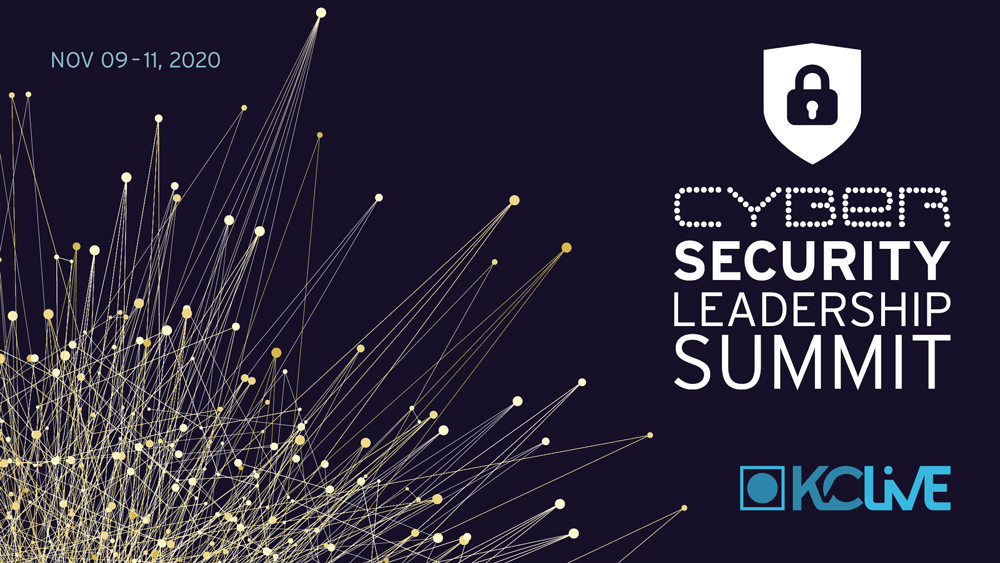With regard to cybersecurity, the year 2020 kicks off with considerable upheavals. Few days ago, my colleague Warwick wrote about the security problems that arise with some of Citrix's products and that can potentially affect any company, from start-ups and SMEs to large corporations and critical infrastructure operators.
Just a few hours later, NSA and many others reported a vulnerability in the current Windows 10 and Windows Server 2016 and '19 operating systems that causes them to fail to properly validate certificates that use Elliptic Curve Cryptography (ECC). This results in an attacker being able to spoof the authenticity of certificate chains. The effects that can be concealed behind the fabrication of supposedly valid signatures are many and varied. For example, they can identify unwanted code as valid, or corrupt trustworthy communication based on ECC-based X.509 certificates. More information is now available through Microsoft.
Immediate Patching as the default recommendation
What both of these news items have in common is that default recommendations are typically: Patch immediately when a patch is available and implement mitigating measures until then. And you can't really argue with that either. However, this must be executed properly.
If you take a step back from the current, specific events, the patching process as a pivotal challenge for cybersecurity management becomes evident. First and foremost, a comprehensive approach to patch management must exist at all, ideally integrated into a comprehensive release management system. The high number of long-term unpatched systems, such as during the ‘heartbleed’ vulnerability, shows that this is far from being a comprehensively solved problem.
Criticality and number of affected systems as the key parameters
Security patches have a high criticality. Therefore, they usually have to be implemented on all affected systems as quickly as possible. This inevitably leads to a conflict of objectives between the speed of reaction (and thus the elimination of a vulnerability) and the necessary validation of the patch for actual problem resolution and possible side effects. A patch that changes mission-critical systems from the status "vulnerable" to the status "unusable" is the "worst case scenario" for business continuity and resilience.
The greater the number of affected systems, the greater the risk of automatically installing patches. If patching has to be carried out manually (e.g. on servers) and in the context of maintenance windows, questions about a strategy regarding the sequence and criticality of affected systems arise as the number of affected systems increases. Patches affect existing functionalities and processes deeply, so criticalities and dependencies must be taken into account.
Modern DevOps scenarios require the patching of systems also in repositories and tool chains, so that newly generated systems meet the current security requirements and existing ones can be patched or replaced appropriately.
Automated patches are indispensable
It is essential that software vendors provide automated (and well-tested and actually working) patches. There are huge differences when it comes to speed, timeliness and potential problems encountered, no matter how big the vendor. Automated patching is certainly a blessing in many situations in today's security landscape.
The risk assessment between automated patch risk and security risk for an unpatched system in an increasingly hostile Internet has been shifting from 2010 to today (2020). In many cases, the break-even point that occurred somewhere in this period can be used with some conscience as justification for automated patching and some basic confidence in the quality of the patches provided.
But simply patching everything automatically and unmonitored can be a fatal default policy. This is especially true for OT-Systems (Operational technology), e.g. on the factory floor: The risk inherent to automated patches going wrong in such a mission critical might be considered much higher, increasing the desire to manually control the patching process. And even a scheduled update might be a challenge, as maintenance windows require downtimes, which must be coordinated in complex production processes.
Individual risk assessments and smart policies within patch management
It's obvious there's no one-size-fits-all approach here. But it is also clear that every company and every organization must develop and implement a comprehensive and thorough strategy for the timely and risk-oriented handling of vulnerabilities through patch management as part of cybersecurity and business continuity.
This includes policies for the immediate risk assessment of vulnerabilities and their subsequent remediation. This also includes the definition and implementation of mitigating measures as long as no patch is available, even up to the potential temporary shutdown of a system. Decision processes as to whether patches should be automatically installed in the field largely immediately, which systems require special, i.e. manual attention and which patch requires special quality assurance, depend to a large extent on operational and well-defined risk management. In this case, however, processes with minimal time delays (hours or a few days, certainly not months) and with accompanying "compensatory controls" of an organizational or technical nature are required.
Once the dust has settled around the current security challenges, some organizations might do well to put a comprehensive review of their patch management policies on their cybersecurity agenda. And it should be kept in mind that a risk assessment is far from being a mere IT exercise, because IT risks are always business risks.
Assessing and managing IT risks as business risks integrated into an overall risk management exercise is a challenging task and requires changes in operations and often the organization itself. This is even more true when it comes to using risk assessments as the foundation for actionable decision in the daily patching process. The benefits of a reduced overall risk posture and potentially less downtime however make this approach worthwhile.
KuppingerCole Analysts provide research and advisory in that area and many more areas of cybersecurity and operational resilience. Check out e.g. our “Leadership Brief: Responding to Cyber Incidents – 80209” or for the bigger picture the “Advisory Note: GRC Reference Architecture – 72582”. Find out, where we can support you in helping you getting better by maturing your processes. Don’t hesitate to get in touch with us for a first contact.
And yes: You should *very* soon patch your affected systems, as Microsoft provides an exploitability assessment for the above described vulnerability of “1 - Exploitation More Likely”. How to effectively apply this patch? Well, assess your specific risks...

















































